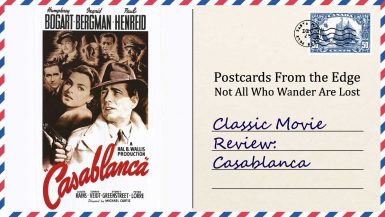Les Misérables, translated from the French as The Miserable Ones, is an 1862 French novel by author Victor Hugo and is widely considered one of the greatest novels of the 19th century. It follows the lives and interactions of several French characters over a twenty-year period in the early 19th century, starting in 1815.
The story begins after Jean Valjean served 19 years of hard labor for stealing a loaf of bread. After he is paroled, he cannot find work because no one will hire or help a known criminal. Then a bishop at a rural church takes him in and shows him profound kindness, getting him back on his feet and imbuing him with a moral code that profoundly shapes the rest of his life.
Jean Valjean breaks his parole and assumes a new identity, he becomes a wealthy business owner and Mayor of a small town. However, Inspector Javert remains on his trail until he discovers Jean Valjean. When one of Jean Valjean’s workshop employee, Fantine, dies Jean Valjean adopts Fantine’s young daughter Cosette and moves with her to Paris to hide from Inspector Javert.
The story jumps another 10 years and Fantine is finishing her school and has become an adult. All these players meet again, amid the tumult of a student uprising led by the hot-blooded Enjolras. Marius, a revolutionary leader, falls in love with Fantine and Inspector Javert again closes in on Jean Valjean. Marius is wounded in street fighting and Jean Valjean pulls him out of the fighting and is cornered by Inspector Javert.
Jean Valjean and Inspector Javert make a deal for Jean Valjean to take Marius back to his daughter then Jean Valjean will turn himself in to serve the remainder of his prison term. However, in a twist Inspector Javert comes to realize his has been unjust in his pursuit of Jean Valjean and commits suicide and lets Jean Valjean go free.
Les Misérables
PG-13 | 2h 14min | Crime, Drama, History | 1 May 1998
Director: Bille August
Writers: Victor Hugo (novel), Rafael Yglesias (screenplay)
Stars: Liam Neeson, Geoffrey Rush, Uma Thurman
“Les Miserables” is like a perfectly respectable Classics Illustrated version of the Victor Hugo novel. It contains the moments of high drama, clearly outlines all the motivations, is easy to follow and lacks only passion. A story filled with outrage and idealism becomes somehow merely picturesque.
Roger Ebert




